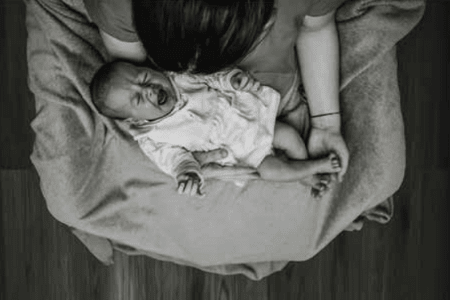
Vaping and Your Child’s Health
What Parents Need to Know
By Tara Leonard, MPH
Our country is experiencing two disturbing crises related to vaping. First, there’s an ongoing epidemic of youth using flavored nicotine products, including e-cigarettes. Public health officials have been speaking out on this issue for several years with growing alarm. Second, there’s an outbreak of vaping-associated pulmonary illnesses which began this past summer.

As of mid-October, there were 1,299 cases nationwide with 29 deaths and those numbers are likely to rise.
According to the Centers for Disease Control and Prevention (CDC), patients report cough, chest pain, difficulty breathing, fever and weakness. Many experience severe lung injury requiring respiratory support. The majority of patients report vaping the cannabis compound tetrahydrocannabinol or THC. However, others only vaped flavored nicotine products. As a result, the California Department of Public Health (CDPH) is urging everyone to quit vaping altogether, no matter the substance or source, until current investigations are complete. Those who continue are urged to avoid buying vaping products on the street, to purchase cannabis products from licensed businesses (whose products are tested), to never modify a vape product, and to seek immediate medical attention if they experience any of the identified symptoms.
What is Vaping?
Vapes are battery-operated devices also referred to as electronic cigarettes or e-cigs. The most popular brand is Juul, so many kids calls this activity “juuling”. The devices heat a flavored e-juice or pod to form a chemical aerosol which users inhale. Some e-cigs are designed for one-time use while others can be recharged and refilled. Youth also use them to vape marijuana or “hash oil” containing THC, often in combination with flavored nicotine.
No form of smoking, electronic or otherwise, is safe. Users put themselves at risk any time they inhale a foreign substance into their lungs. Vape liquids contain dangerous chemicals known to cause cancer, birth defects, and other reproductive harm. Vaping nicotine and cannabis in combination is particularly dangerous for youth, whose developing brains are more vulnerable to these neurotoxins. In addition, a recent analysis by Boston Children’s Hospital of 21 separate studies showed a strong association between e-cigarette use and marijuana use, concluding that “youth with a history of vaping had about 3.5 times higher odds for marijuana use versus those without such histories.”
Flavors are a Marketing Tool
There are two factors that make vaping popular with young people. First, e-cigs come in kid-friendly flavors like chocolate, caramel and bubble gum. “Flavors attract youth,” said Andrea Silva-Solano, a Senior Health Educator with the Santa Cruz County Tobacco Education and Prevention Program. “What’s new? What can we mix to create something original? Flavors also mask the harshness of the tobacco, making it easier for new users to keep vaping until they’re hooked.”
That’s because the amount of nicotine in a single e-liquid cartridge can be up to four times the amount in a pack of cigarettes. Nicotine is an addictive drug that keeps smokers coming back for more. “The industry knows that the younger they hook kids, the more likely they are to become lifelong customers,” said Silva-Solano. “Kids can’t imagine that something called Bubble Gum can harm them. By the time they’ve figure it out, they’re addicted.”
Technology Adds a Twist
Along with fun flavors, the industry has co-opted sleek, techy designs. E-cigs that look like a flash drive, lipstick, highlighter, or watch, help youth hide their smoking habit from adults. Advertisers use words like “discrete” to make sure kids know their product is easy to conceal.
Local Jurisdictions Protect Youth
In order to protect youth from e-cigarettes and other flavored nicotine products, four local jurisdictions have passed bans on the sale of all flavored nicotine products. Bans in the City and County of Santa Cruz and the City of Capitola go into effect on January 1, 2020. The Watsonville ban begins on November 23, 2019. “We look forward to having equal protections for our youth across all jurisdictions,” said Silva Solano. “It makes absolutely no sense for a deadly, addictive product to look and taste like candy.”
For more information and links to smoking cessation resources, visit the Tobacco Education Coalition website at www.santacruzhealth.org/tobacco.
Tara Leonard, MPH, is a Health Educator with the Tobacco Education and Prevention Program at the Santa Cruz County Health Services Agency.


You May Also Like

Breakfast Time Savers & Hacks: Get Organized November 2019
November 1, 2019
Working On It: Birth Matters November 2019
November 1, 2019

